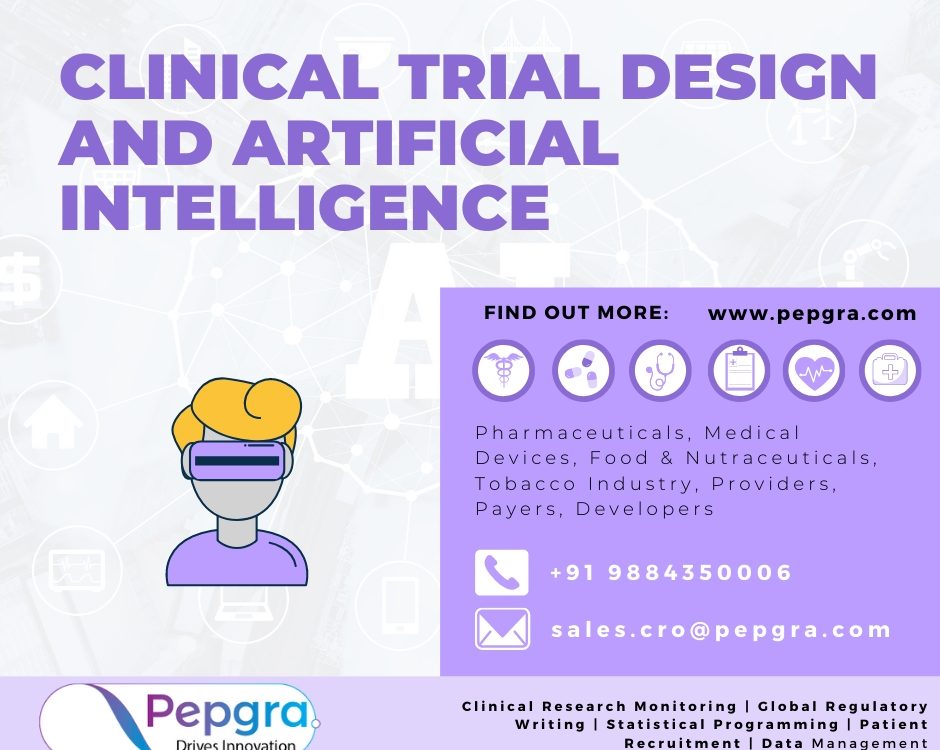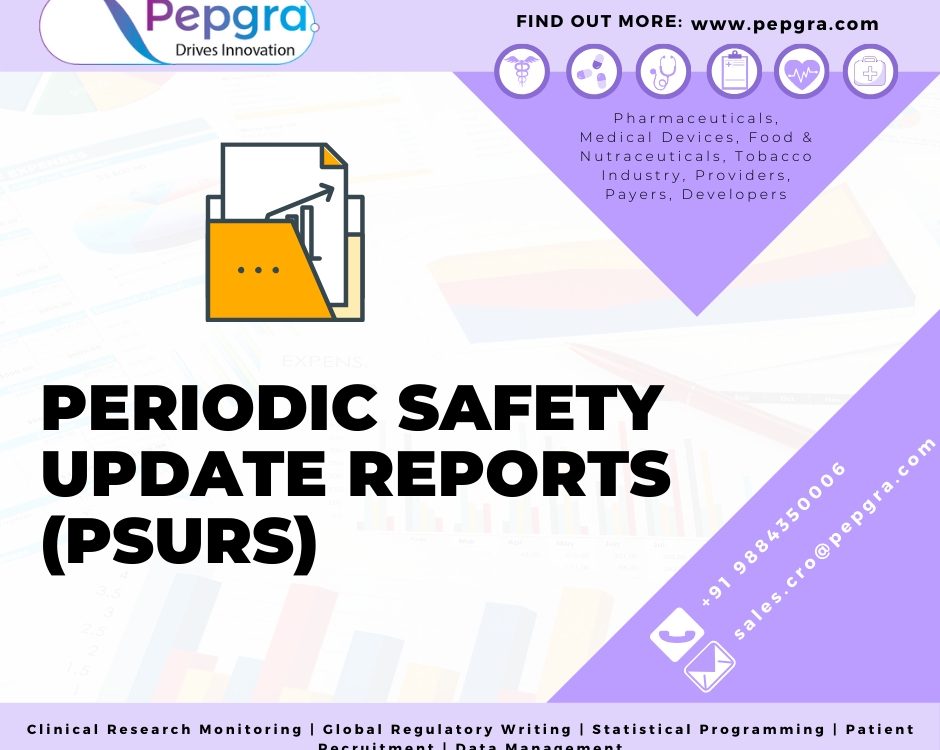1.0 Background
Adverse drug reactions assume much significance in terms of risk associated with safety of patients and could make a major impact on costs related to health systems. Owing to its significant implications for public health and safety of patients, regulatory authorities around the world have enforced and put into practice novel legislations related to pharmacovigilance in recent times[1]. From a historical standpoint, activities related to pharmacovigilance largely hinges on undertakings for signal detection, which is executed on data assimilated from impulsive reporting systems. But since health professionals tend to under-report any adverse drug reactions, the focus of new legislations are largely on pertinence of other safety information sources. Such sources would comprise of scientific literature for tracking the benefit-risk profile of medicinal products, as well as signal detection[2]. Simply said, scientific and medical literature could prove to be a substantial source for valid information in order to monitor the risk-benefit balance and safety profile of medicinal products[3]. This is specifically in reference to detecting emerging issues in safety or new safety signals.
During recent times, regulations related to pharmacovigilance have concentrated largely on medical literature monitoring (MLM), which is a complex procedure, the scope of which continues to deepen and widen. Current regulations offer in-depth guidance on medical literature searches and review in order to facilitate reporting of individual case safety reports (ICSRs) those that have not been directly reported to the sponsor, while helping signal detection[4].
2.0 Pharmacovigilance and Literature Screening: The Link
For the uninitiated, literature screening is a key element of pharmacovigilance. Medical and scientific literature emerges as a vital information source on cases of suspected adverse drug reactions (these are also commonly termed as individual case safety reports – ICSRs). Literature screening becomes an integral aspect in pharmacovigilance as the main objective of the screening is to recognize ICSR and / or any substantially new information from studies pertaining to safety and efficacy (epidemiological, clinical and non-clinical). Such studies might not be covered through current product labeling and / or any deviation from the existing safety information pertaining to the product label, through an increase in the occurrence of aadverse reaction already known, or alteration in the specificity or severity of an event, or safety information that is inconsistent with the product label.
3.0 Challenges
The continuous growth in the number of sources for data or information, combined with the regulatory requirements could render the procedure to be a rather formidable proposition. Considering that the sources for information has increased multifold as compared to earlier, and the continuous shift in global regulations, teams functioning in the domain of pharmacovigilance are under duress to come up with strategies that are not only flexible but extensive too . Keeping in mind that screening of medical and scientific literature to pin-point adverse drug reactions are regulatory requirements for pharmaceutical organizations, pharmaceutical organizations are confronted by several challenges in terms of scientific literature screening. Considering that regulations are turning out to be more extensive and severe, and regulators too seem to have become more strict, pharmaceutical organizations are faced with the issue of amalgamating the continuously growing data on safety from literature, within their efforts towards pharmacovigilance . This is done with the objective of being compliant with regulations that are applicable. Taking into account the growth in volume on the whole and the complexities within medical literature over the course of several years, literature screening for product citations emerges to be a humungous task. This requires significant time (in excess) to be invested, cost and effort of sifting through large volumes of cross-disciplinary and heterogeneous reports. Nonetheless, there is still scope for important data to be overlooked owing to the mammoth data volumes.
4.0 Solution
The European Medicine Agency’s (EMA) latest initiative (September, 2015) is focused on lowering the number of duplicates in terms of monitoring medical literature and efforts at review by the Marketing Authorization Holders (MAHs). This initiative has the potential to enhance monitoring of drugs for safety by improving the consistency and quality of information as reported within EudraVigilance. Monitoring medical literature and entering pertinent data within EudraVigilance would be executed by the EMA in order to improve adverse drug reaction reporting efficiency, offer a process which is simple to the industry, enhance quality of data by lowering the number of duplicates, contribute to resource savings within the industry and extend support for activities pertaining to signal detection by National Competent Authorities and MAHs . This initiative is quite promising and also the first of its kind which has been launched by the EMA. Through this initiative, ICSRs found within the literature would be rendered available to MAHs, enabling them to incorporate it within their safety databases while meeting their obligations in terms of reporting .
5.0 Conclusion
In the present day, there is definitely a gnawing need for the industry to adopt novel, extensive, cost-effective and efficient solutions for medical literature screening and review with a view to match the continuously evolving marketing, regulatory and strategic requirements. At a bare minimum, to ensure regulatory compliance at an optimal level, pharmaceutical organizations should adopt enhanced tools and procedures that allow triage, monitor and review pertinent articles from every literature source available. This has to be rather rapid as well as accurate and at the same time should also have the capability to interrogate and incorporate new streams of data as they become available without any efforts being duplicated. Such solutions need to facilitate incorporation of safety data from diverse sources within a single unified repository throughout the whole lifecycle of the product, while ensuring workflow which is consistent throughout the organization.





